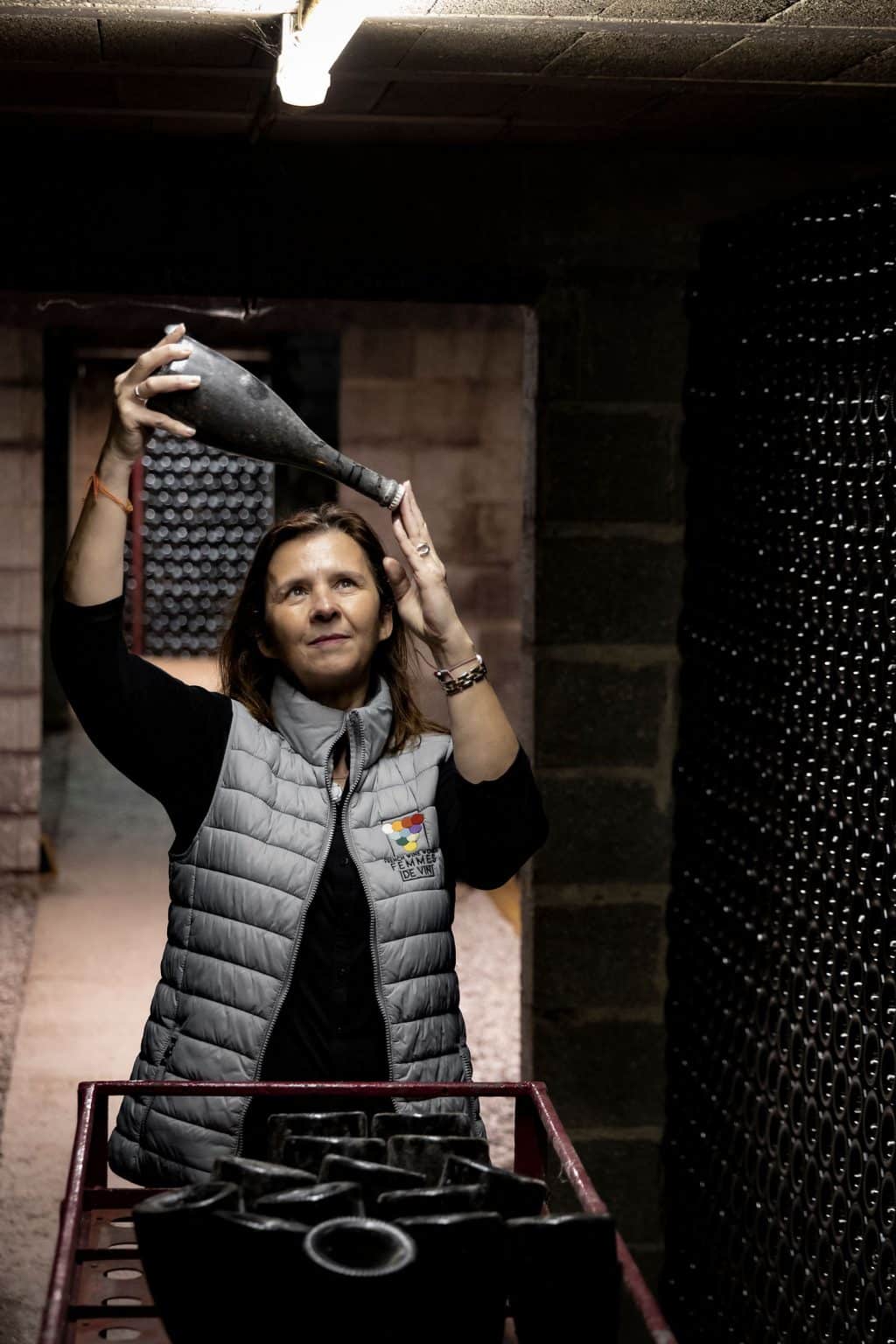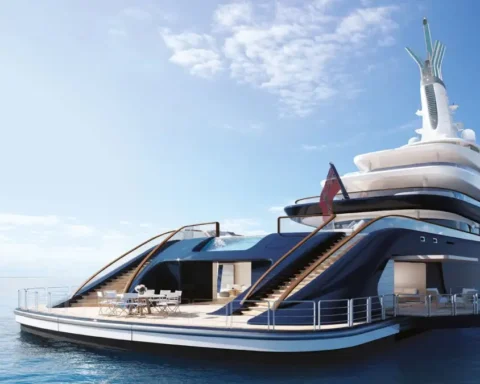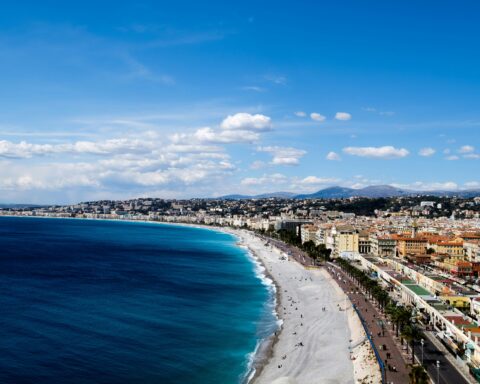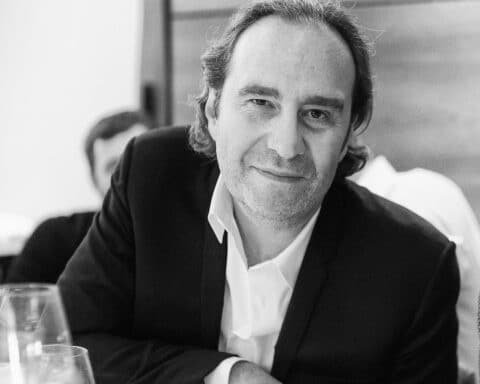We announced it in the first part of our series dedicated to the winegrowers of the Aube. Ten of the most beautiful and promising champagne houses of the Côte des Bar and Montgueux came to celebrate at the Elysée Pavillon the 20th anniversary of the Hôtels and Préférence group, an international French group with one of the most impressive collections of 4- and 5-stars hotels in France. In this second gustatory stage, we share with you four beautiful discoveries of the Côte des Bar.
Let’s start our second gustatory stage with two discoveries held by two talented entrepreneurs.
First, the winegrower from Montgueux: Hélène Beaugrand.
The only representative of the town of Montgueux present that evening, she has also chosen to exploit, in her name, three hectares of vines belonging to the family estate, which no longer produces champagne. The company specializes in Chardonnay and its aromatic complexity, a particularity specific to Montgueux, an atypical village that depends on the Côte des Blancs (Marnes).
On the advice of this wine merchant and expert, rather than her cuvée, an “unvarnished” ode to the region’s terroir – “Grand Carré non dosé Blanc de Blanc” – I let myself be seduced by her most exclusive UFO cuvée: La Belle Hélène by Hélène de Troyes NV. It is a blanc de noir without dosage. Its case, of the most beautiful effect, contains freshness and a floral bouquet. The interior reveals a silky golden color and fine bubbles. On the palate, it is a concentrate of flavors that evoke cherry, plum, baked apple, violet, acacia, or almond.

Here I am now in front of the Lionnel Carreau domain, specialized in vegan and organic viticulture and whose family business – based in Celles-sur-Ources – exists since the 16th century. Intrigued, I ask Orianne, its CEO, about this vegan production which is nonetheless “a high-level certification.” She tells me that “to nourish the soil, the family estate uses algae and bark rather than dung.” She then introduces me to her 2018 extra brut vintage: the Blanc de Vrai cuvée.
A product usually reserved for the international market that I have the chance to taste. The cuvée uses pinot blanc, a very rare grape variety in Champagne, “which only concerns 0.2% of the production”. The nose reminds me of a green apple. The palate is acidic on notes of lime. A subtle fruity aromatic that stimulates the taste buds to the verbena aroma. The whole gives a straight and tense wine. A product that is suitable for both seafood and fine fish.
Among the various houses present that evening, some had chosen the event to bloom like Mademoiselle Marg’O and 16.83.
I was first struck by the purity and elegance of the labels, each with a woman’s face in a hat and embossed. I then come face to face with Aurélie Ponnavoy, a trained oenologist, who with her sister, has chosen to emancipate herself from the family estate by launching her own brand: Mademoiselle Marg’O.
Margot is none other than her daughter, who – at the age of eight – would have proposed her first name for the domain name. It is a feminine and purified universe that expresses itself here. The House offers four champagnes with their own identity and characteristics.
View this post on Instagram
First, let’s see La Dame Noire, an extra brut with a low dosage (4.5g/liter), 80% pinot noir, and 20% Chardonnay. The pinot noir brings structure and roundness, while the chardonnay brings finesse and elegance.
Next comes the Pure Blanc de Blanc cuvée called “la Violette“, a creation made from 100% Chardonnay grapes, combining floral and citrus notes. All in finesse, this authentic signature cuvée reflects in the mouth the beautiful minerality and the tension of the chardonnay. A champagne for appetizer that will perfectly match with seafood and other fish.
Next comes a blended champagne with a terribly girly spirit: Osmose rosée. A beautiful aromatic complexity born from the combination of chardonnay (85%) and pinot noir vinified in red (15%) from old vines at perfect maturity. We find notes of red fruits doubled by the dynamism of the chardonnay. A champagne that goes as well with a fresh tuna tartar as to a rack of veal or a raspberry tiramisu.
Finally, another blended champagne (70% chardonnay, 30% pinot noir) here comes the 2015 Vintage. The exceptional quality of the harvest and the long aging in the cellar (84 months) allow the bottles to evolve slowly towards a harmonious maturity. The result is a wine that is both powerful and delicate. On tasting, one is struck by its spicy dimension carried by dried fruits. Notes of pastry come to life around the citrus fruits and give it character and depth. The mouth, chiseled and ample, shows a beautiful balance between power and tension. It will be a marvelous match for a pan-fried foie gras, peach, verbena and rhubarb, or even a roasted chicken supreme with verbena, risotto with vegetables and yellow carrots.
Another newcomer to the evening, Justin Maillard, a young winemaker, and rare producer (not exceeding 20,000 bottles/year) already well established in the region, is putting the finishing touches to his latest creation with a strong character: the 16.83. brand. A number that reminds us of the amount of sugar per liter that a yeast consumes to produce one degree of alcohol. This craftsman of a more natural champagne, barely 30 years old, has kept from his studies a strong attraction for the sommelier and is not at his first brand.
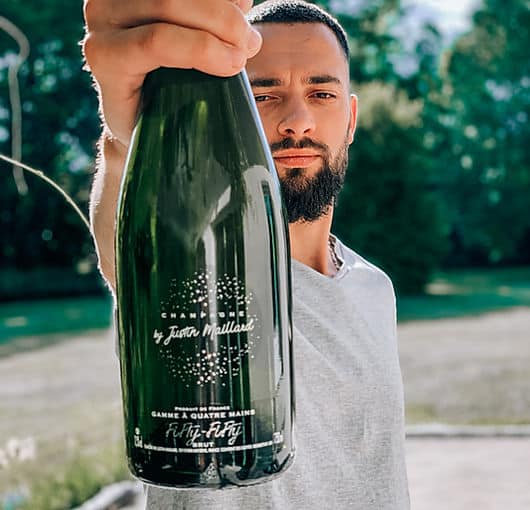
He then serves me a bottle that hasn’t had time to be labeled and hides it well: his Blanc de Noir. A guaranteed 100% pinot noir 2018 vintage designed as a true homage to the region while being very marked with notes of baked apples and evolved dried fruits. “It’s a generous, very warm product that retains a nice freshness,” he slips me and adds, “2018 was an excellent year and deserved its vintage.” A champagne with very fine bubbles, rare because in small series (no more than 2000 bottles annually) but for which we will have to wait a few more months before the official launch of this brand intended for professionals (coffee, hotel, restaurant).
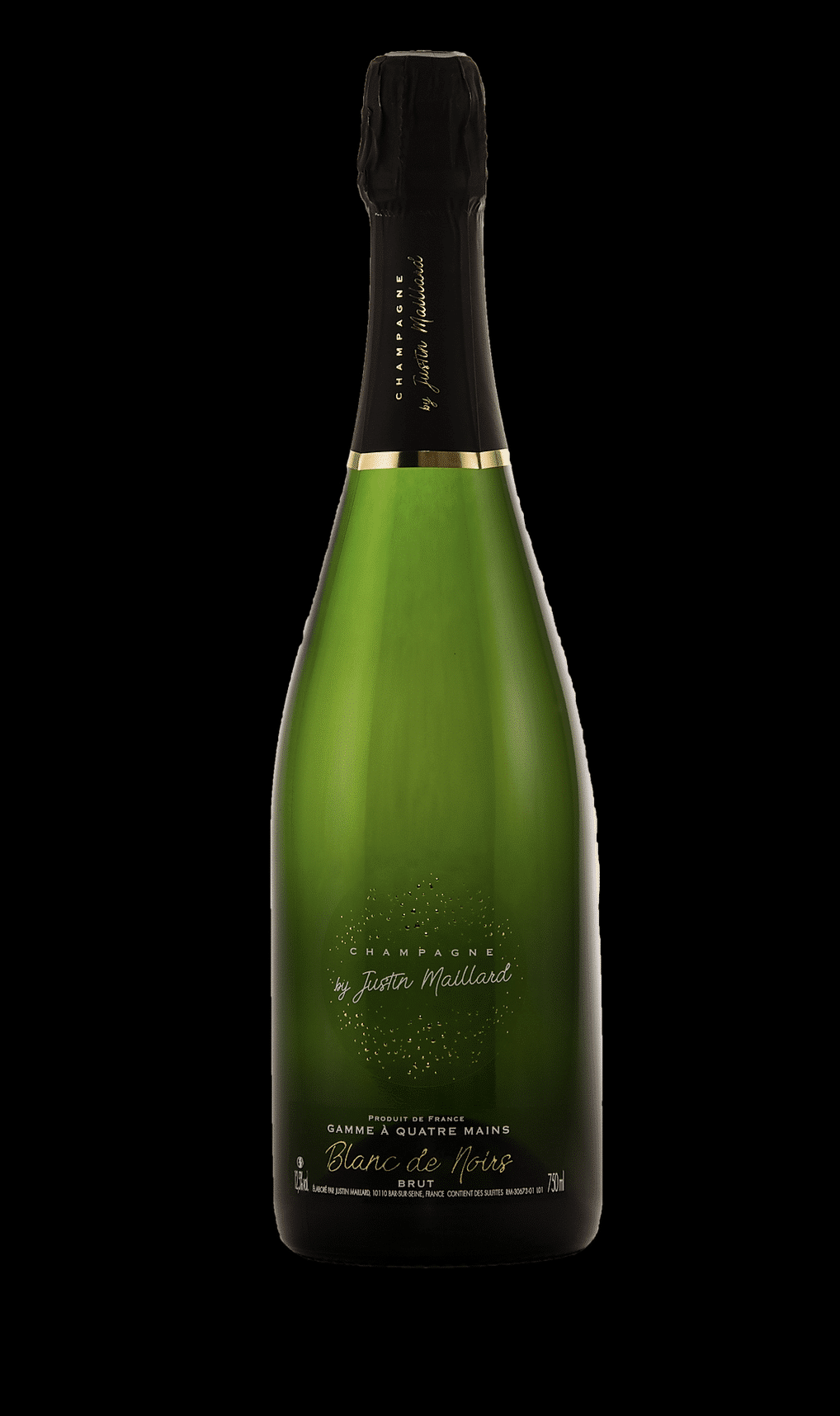
Read also > These winegrowers who make champagne sparkle… until Aube (Part 1/3)
Featured photo: © Press




